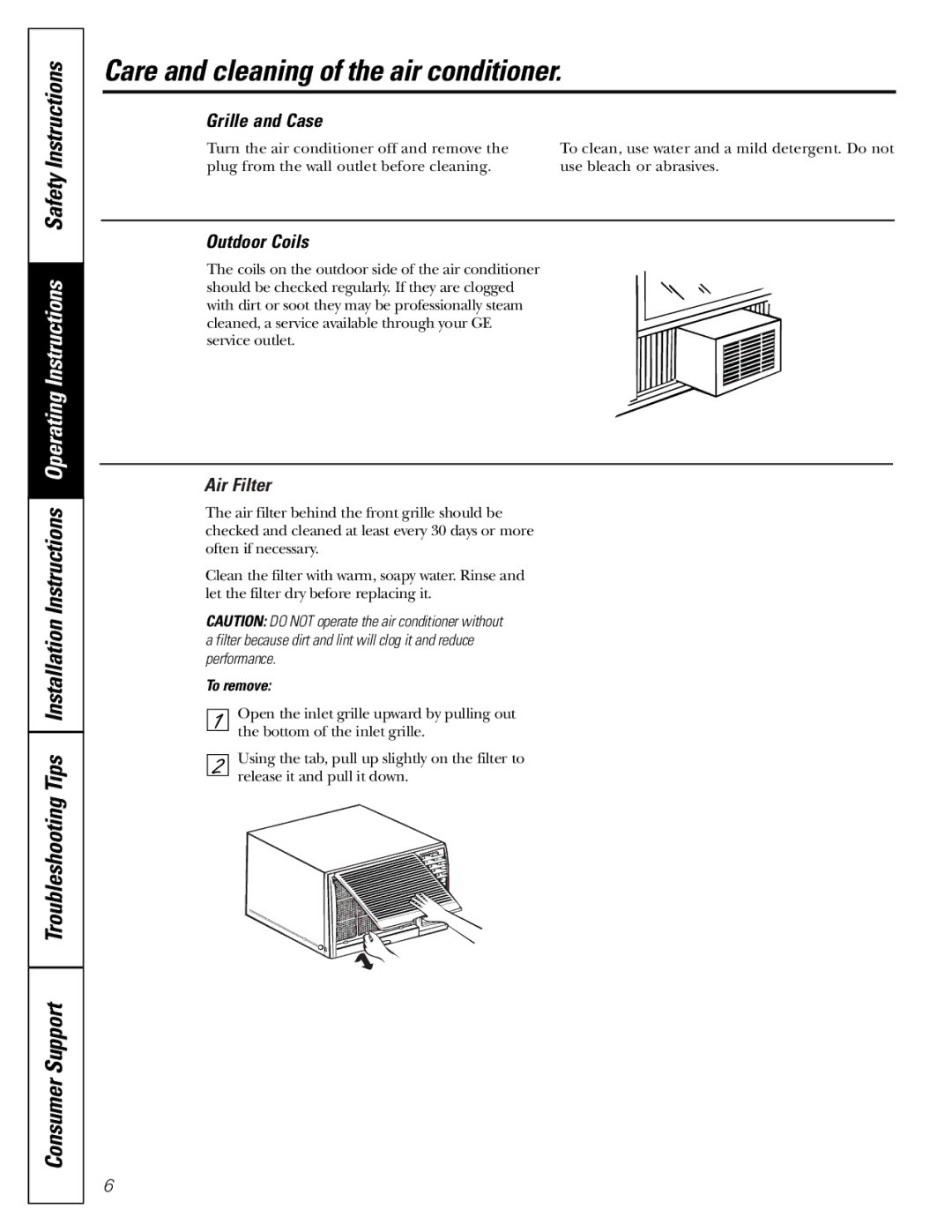AKS05, AKV05 specifications
The GE AKS05 and AKV05 represent a significant advancement in electrical control switchgear technology, designed for robust performance and enhanced operational efficiencies in various industrial settings. These models are particularly suitable for applications involving medium voltage distribution, making them ideal for industries ranging from manufacturing to renewable energy.One of the main features of the AKS05 and AKV05 is their innovative design, allowing for a compact footprint while accommodating the extensive functionality typically required in medium voltage systems. This space-saving design not only eases installation but also minimizes the overall footprint of electrical installations, which can be crucial in environments with limited space.
The AKS05 model is equipped with advanced circuit breaker technology that ensures reliable operation under varying conditions, providing both overcurrent protection as well as short-circuit protection. This enhances system stability and reduces the risk of equipment failure, thereby boosting operational uptime. In contrast, the AKV05 is tailored for applications requiring more precise control and monitoring capabilities, featuring integrated digital communication protocols.
Both models boast a user-friendly interface that allows for easy configuration and monitoring. This is supplemented by the incorporation of smart grid technologies enabling real-time data access, remote management, and diagnostic capabilities. As industries increasingly adopt IoT solutions, the AKS05 and AKV05 are designed with compatibility in mind, facilitating seamless integration into modern industrial networks.
Another notable characteristic of these switchgear models is their adherence to international safety standards, ensuring that they provide a high level of electrical safety in diverse operational environments. The materials used for construction are aimed at enhancing durability while withstanding harsh environmental conditions, thus ensuring longevity in service.
Additionally, these switchgears are designed with sustainability in mind, promoting energy efficiency and minimizing environmental impact. They reflect GE's commitment to fostering technologies that support the transition to greener energy solutions, aligning with global efforts toward sustainability.
In summary, the GE AKS05 and AKV05 switchgear models represent cutting-edge solutions in medium voltage distribution. With their compact design, advanced protective features, digital integration, and commitment to safety and sustainability, they stand as reliable choices for a wide range of industrial applications. These technologies not only maximize efficiency but also pave the way for future advancements in electrical control systems.

